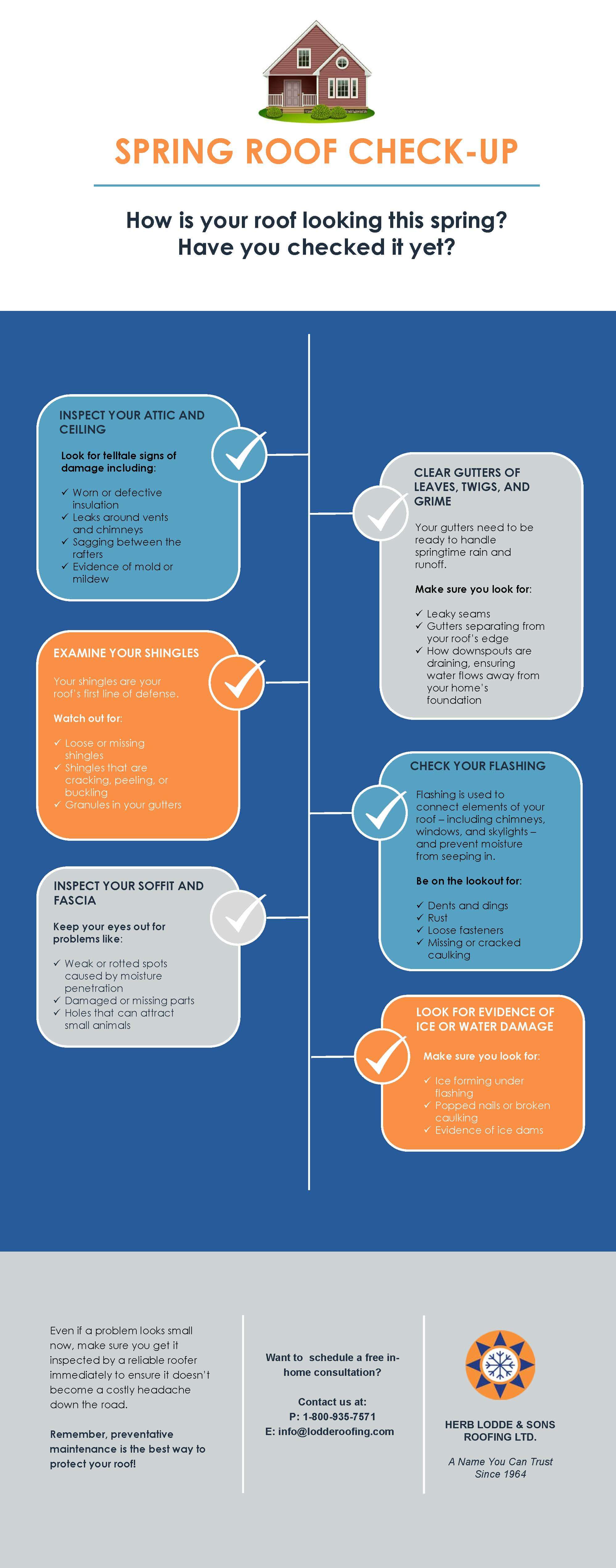Solar Energy Vs. Typical Energy Sources: A Detailed Comparison
Solar Energy Vs. Typical Energy Sources: A Detailed Comparison
Blog Article
Composed By-Kirkeby Blum
When examining the feasibility of solar power versus standard energy sources, you might find yourself contemplating the long-lasting sustainability and impact on your funds. The elaborate equilibrium between first prices, continuous expenditures, and ecological ramifications elevates crucial questions regarding the future of power generation. As you browse via the intricacies of this comparison, a deeper understanding of the nuances in cost-effectiveness, environmental stewardship, and power safety and security awaits exploration.
Cost-Effectiveness Comparison
When contrasting the cost-effectiveness of solar power with traditional power sources, it comes to be noticeable that first financial investment differences play a pivotal duty in identifying lasting financial savings.
While solar energy systems call for a greater in advance investment for setup and equipment, they use considerable lasting benefits that can exceed the initial costs. The key lies in understanding that solar power systems have very little continuous functional and maintenance expenses contrasted to standard power sources like fossil fuels.
By buying solar energy, you can possibly save money on energy bills over the system's life expectancy. Additionally, with innovations in innovation and lowering setup costs, solar energy has become much more available and cost effective for property owners and organizations alike. These financial savings can accumulate gradually, offering a roi that exceeds conventional energy resources.
Additionally, solar energy systems supply the benefit of energy independence and stability versus rising and fall energy costs. By harnessing the power of the sun, you contribute to a cleaner setting and minimize your carbon impact. Welcoming solar energy not just benefits your purse however likewise the planet over time.
Environmental Impact Analysis
Solar energy presents a promising alternative to standard power resources because of its considerably reduced environmental influence. Unlike fossil fuels that discharge harmful greenhouse gases and add to air pollution, solar power creates electricity without producing any type of exhausts.
The procedure of harnessing solar power includes catching sunshine through photovoltaic panels, which does not release any toxins into the ambience. This lack of emissions helps in reducing the carbon footprint associated with energy production, making solar power a cleaner and extra lasting alternative.
In addition, making use of solar energy adds to conservation initiatives by lowering the need for finite sources like coal, oil, and gas. By depending on the sun's bountiful and renewable resource source, we can help protect all-natural environments, secure environments, and reduce the negative impacts of resource removal.
Dependability and Power Landscape Evaluation
For an extensive analysis of dependability and the power landscape, it's necessary to assess how solar energy compares to traditional sources. https://electrek.co/2023/02/27/allpowers-200w-portable-solar-panel-more-new-green-deals/ is making headway as a trusted and sustainable energy source. While typical sources like coal, oil, and natural gas have been traditionally dominant, they're finite and add to ecological destruction.
Solar energy, on the other hand, is plentiful and sustainable, making it a more sustainable alternative in the long run.
In terms of reliability, solar power can be dependent on weather and sunshine availability. Nonetheless, innovations in modern technology have actually caused the growth of power storage space services like batteries, improving the reliability of solar power systems. Traditional sources, as a matter of fact, are prone to rate changes, geopolitical stress, and supply chain disturbances, making them less trustworthy in the long-term.
When evaluating the power landscape, solar power supplies decentralized energy manufacturing, decreasing transmission losses and increasing energy safety. Standard sources, with their centralized nuclear power plant, are a lot more susceptible to interruptions and require comprehensive infrastructure for distribution.
Verdict
To conclude, when comparing solar power to typical power resources, it is clear that solar energy supplies an affordable, eco-friendly, and dependable alternative. With marginal operational prices, prospective cost savings on utility expenses, and a dramatically lower environmental effect, solar energy is becoming an extra sustainable and safe choice. Welcoming additional resources can help in reducing greenhouse gas exhausts and add to preservation initiatives, making it an engaging option for the future.
